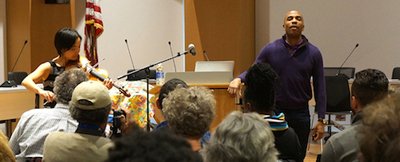Artist Communities Alliance
Resource Overview
The several case studies in this toolkit explore the increasing number of artist residency programs run by or run in partnership with city governments. Artist residency programs introduce an artist to a level of city government or specific department and ask them to use their creative problem solving skills to address civic processes and challenges.

